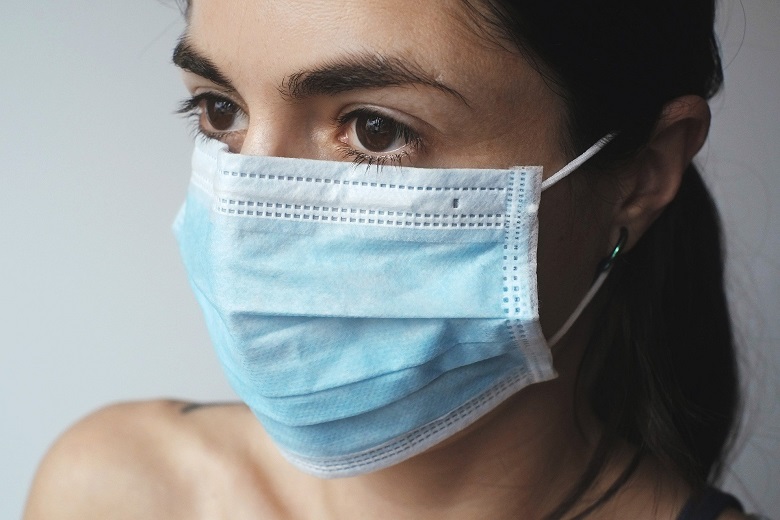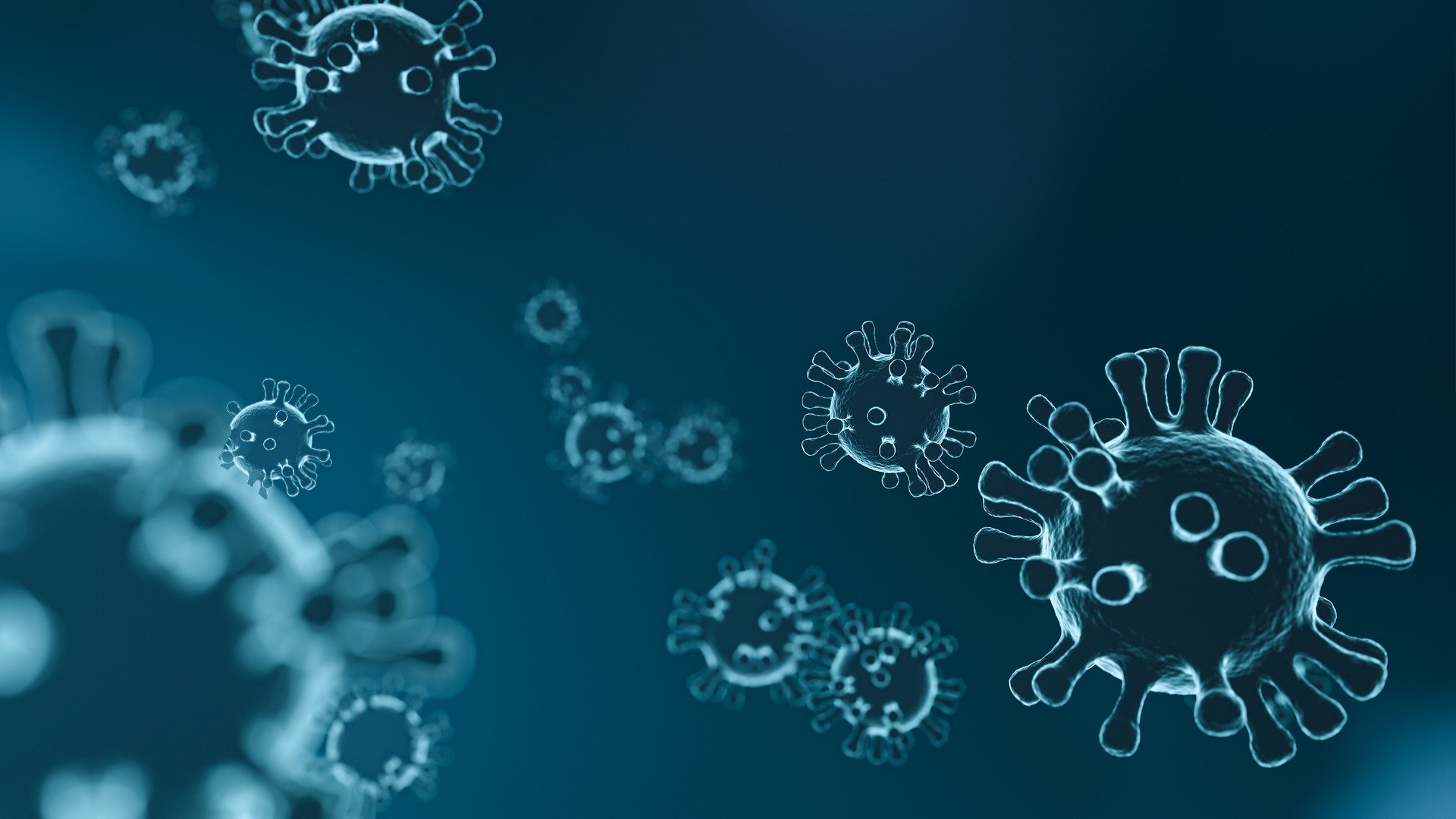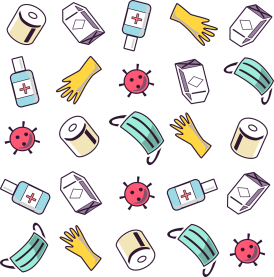December 2019. We spent the Christmas holidays with family and friends, we visited neighbours, we travelled where and when we wanted, and we shopped among the crowds, without hand sanitizer and protective gloves on. Just a few months later, life has changed beyond recognition.
The first cases of the virus we now call COVID-19 were detected in China’s Hubei Province at the end of December 2019. Now, for most of us, the virus affects everything we do – and don’t do. It’s all we hear about on the news, but it can be difficult to distill the information we really need to know.
Where did COVID-19 come from?
We know that the virus was first detected in China, but in some ways the geography is irrelevant. What is perhaps more important is the fact that the early cases of infection were associated with a fish and livestock market, and that genome sequencing of the virus shows that it is similar to coronaviruses normally found in bats. The working hypothesis is that this virus has made the leap from bats to humans, possibly via an intermediary species. Really, we need to know whether there is an existing reservoir of infection in the animal kingdom, which could serve as a source of future outbreaks, as is the case with Ebola, or whether the mutation arose and died out in animals, but not before being transmitted to humans. The evolutionary history of the pathogen seems to take a back seat in the news coverage, for obvious reasons, but it is important. Zoonoses, or infections which originate in animals and are passed to humans, often cause more severe disease in humans because we have not developed an optimal immune response.
How long can COVID-19 survive in the environment?
COVID-19 is a droplet-borne infection, but this mode of transmission can work in two ways, either directly – for example if an infected host coughs in the close proximity of a susceptible individual – or indirectly – by fomites, or contaminated objects. But how long does an object remain contaminated? This is not an easy question to answer. The survival of the virus depends on the specific conditions of the surface: the temperature, acidity, exposure to light to name but a few. A study carried out by researchers at the University of California in Los Angeles found that under optimal conditions the virus may survive for up to 24 hours on cardboard surfaces and perhaps as long as 72 hours on plastic or stainless steel. Viruses, unlike bacteria, are unable to multiply in the environment, and further work is required to elucidate the infective potential of virus particles surviving on surfaces.
Why don’t we have any effective drugs?
Viruses have evolved perfectly to conserve their own energy and to evade medication, by parasitizing the host’s cells. This makes it extremely difficult to use chemotherapy to target the virus itself, without impacting on the normal function of the cells within the body. However, extensive research and cutting-edge techniques have led to the production of highly successful drugs for specific viral infections, most notably HIV. But of course HIV was first identified 37 years ago – COVID-19 was identified a little over 3 months ago. Developing new drugs is a very lengthy process, but the repurposing of existing drugs which are already licensed for use in humans is feasible. Recent media reports, fueled by some prominent figures, have suggested that the antimalarial drug chloroquine is an effective treatment for COVID-19. While we would all like to hope that this might be true, it is too early to make such claims. Drug trials are ongoing. Less publicised are the trials of the antiviral drug, remdesivir, which is designed to prevent the virus from replicating inside the cells of the body. An effective treatment would directly benefit the patient by reducing the severity of disease, and may also reduce the degree and duration of viral shedding – which would help to limit transmission.

How can the outbreak be brought to an end?
R0 refers to the average number of secondary cases that will arise from a single primary case, during the entire infectious period. Current estimates for the R0 for COVID-19 hover around between 2 and 3 i.e. one covid patient will cause 2–3 other people to become infected, on average. To crack this pandemic we need to get it down below 1. R0 is a function of the Attack Rate (a measure of how catchy the infection is), the duration of infectiousness, and the average number of contact events per case. COVID-19, causing only mild disease in most, exhibits a clever evolutionary strategy. By not incapacitating its hosts, the virus is able to keep the number of contacts – and therefore R0, and the number of new infections – as high as possible. As a population we must fight back by reducing the number of contact events to the bare minimum, hence the stringent rules on physical distancing. Unless and until a vaccine and effective drugs are developed, minimising contact is currently our only tool to get on top of this pandemic. It is important to learn lessons from the international response to the crisis.
As the UK prepares for the impact of the peak of the epidemic, life in China is gradually returning to normal, as the lockdown and physical distancing measures have successfully turned the tide of the epidemic.






















Rate and Review
Rate this article
Review this article
Log into OpenLearn to leave reviews and join in the conversation.
Article reviews
Thank you very much!